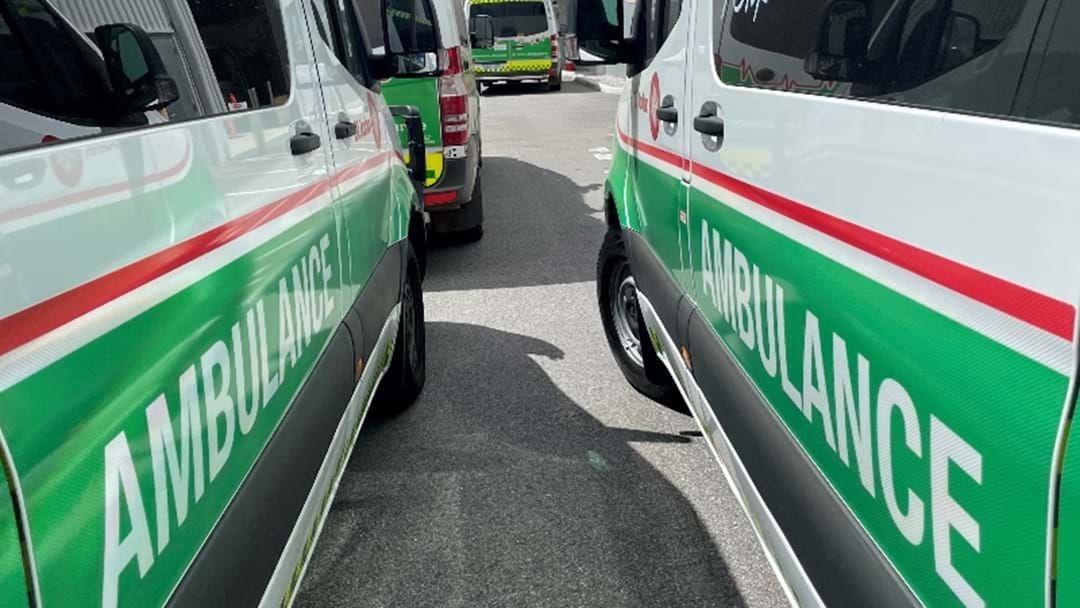St John Ambulance Under Fire Amid Blowout In Response Times And Ramping
“A system under pressure”

St John WA has been slammed by the state’s Health Minister amid a blowout in response times and ramping.
It comes as the state's ambulance operator, has kicked started a short-term plan in the wake of reduced staffing due to Covid.
Stay up-to-date on the latest news with The WA Briefing - keeping you in the loop with the nation’s breaking news as it hits
With about 10 per cent of paramedics currently on leave, St John is using less-experienced ambulance officers to be dispatched in two-person crews to non-emergency jobs.
However, the issue remains that despite having a degree in paramedicine, the newest cohort of officers are not, as yet, recognised as paramedics.
Health Minister Amber-Jade Sanderson flagged on Tuesday that paramedics isolating as close contacts could in fact return to work under WA’s critical worker policy.
“It would be my expectation that St John Ambulance is in lockstep with the public health system and that they’re accessing that critical worker plan before they changed any mix of staffing within their ambulance service,” Ms Sanderson told reporters.
“It’s incredibly important that we maintain access to a quality ambulance service during this time.”- Minister Sanderson

However, according to St John Ambulance chief executive, Michelle Fyfe, mounting pressure due to lax response times, staffing issues, infection control procedures, and the surge in ambulance ramping, is a instead a reflection upon the state's struggling health system.
"On Friday afternoon I had 30 ambulances ramped at hospitals," Ms Fyfe told ABC Perth.
"What you're talking about is a system under pressure, and we are just a visible part of that system."
Ms Fyfe said that they were looking into the critical worker policy, but that currently, staff forced into isolation are asked to stay away from work.
"We want to keep our people safe, and more than anything we want to keep our community safe."

“Our ambulance personnel work in a mobile workplace and face-to-face with vulnerable Western Australians - often in private homes, aged care residences and hospital emergency departments,” she said.
“We are carefully working through operationalising our critical worker policy to ensure the safety of our people and patients".- Ms Fyfe
At this stage, according to state government guidelines, applying the critical worker policy is recommended only in extreme circumstances and “after all attempts to deploy substitute staff have been exhausted”.
During March only 70 per cent of priority one emergency callouts were responded to within 15 minutes, 20 per cent below target.
Join Tom Tilley with regular rotating co-hosts Jan Fran, Annika Smethurst and Jamila Rizvi on The Briefing, Monday - Saturday, for the day's headlines and breaking news as well as hot topics and interviews. Available on Listnr.